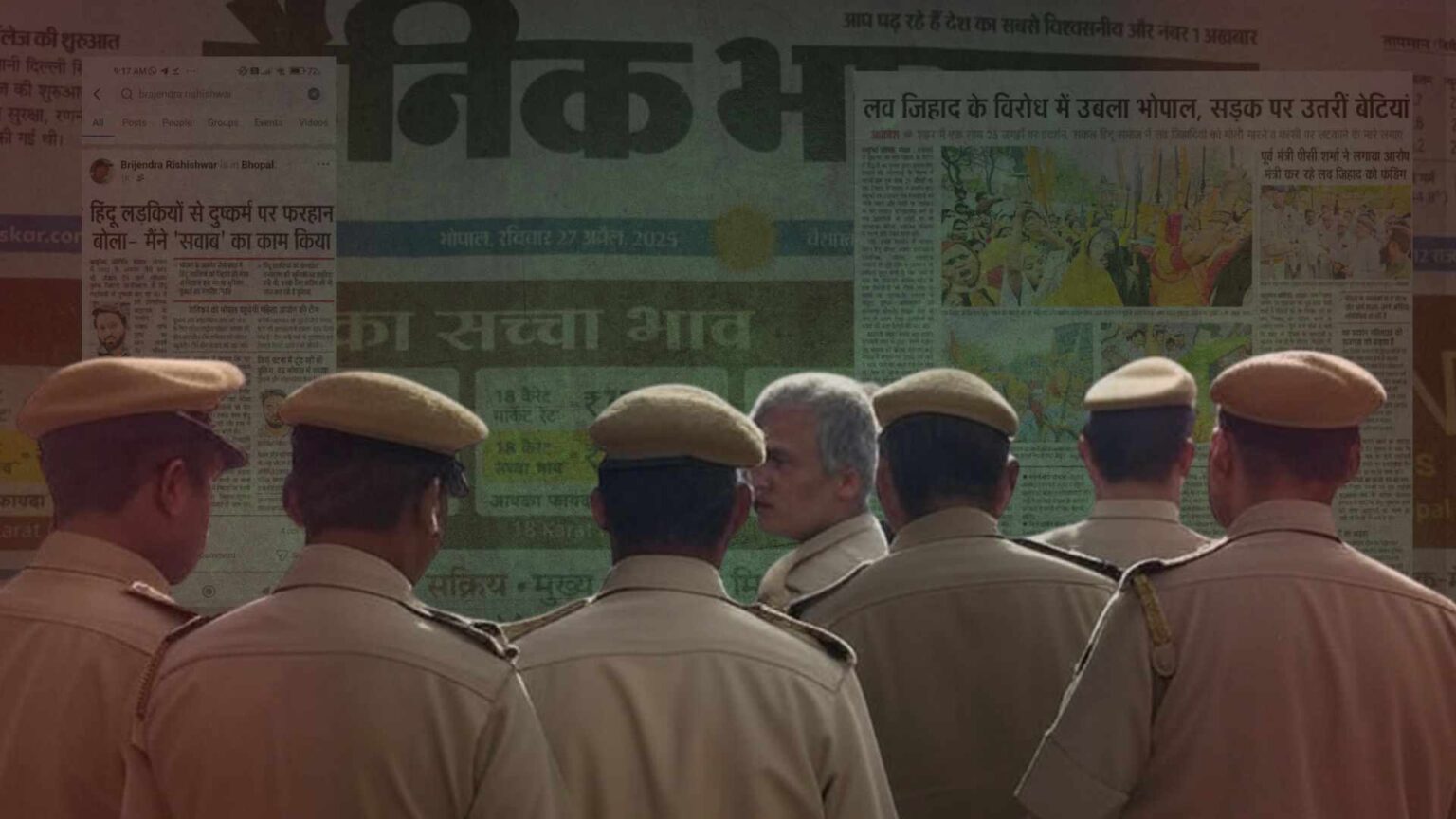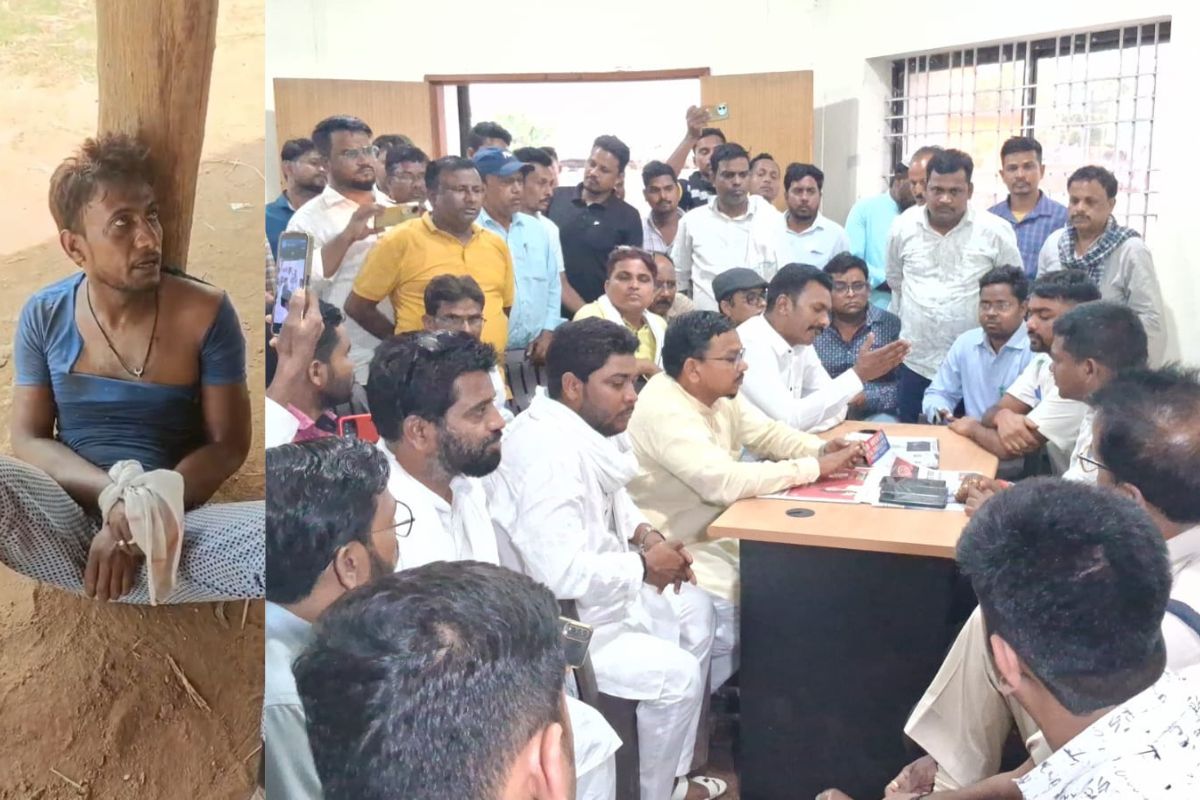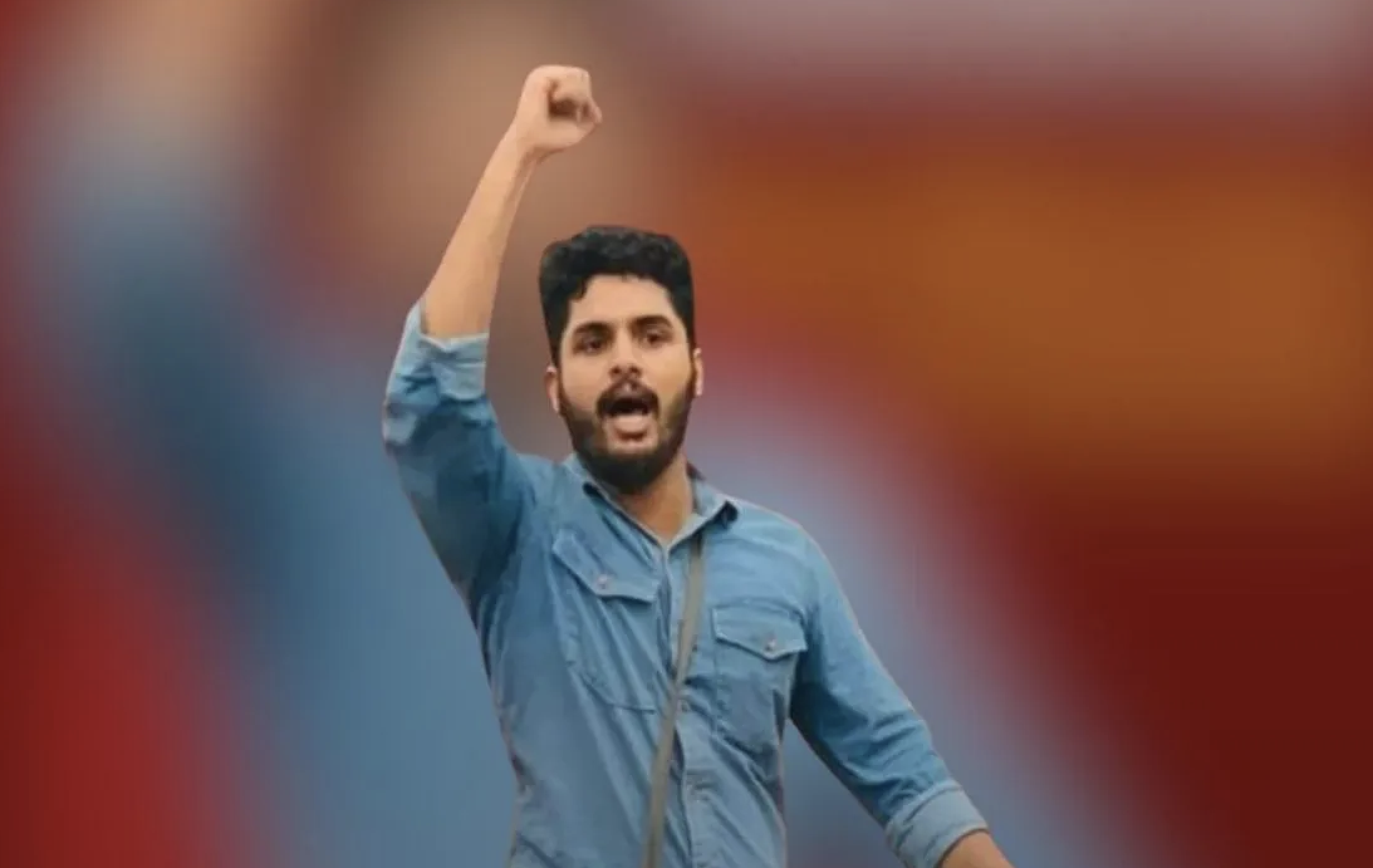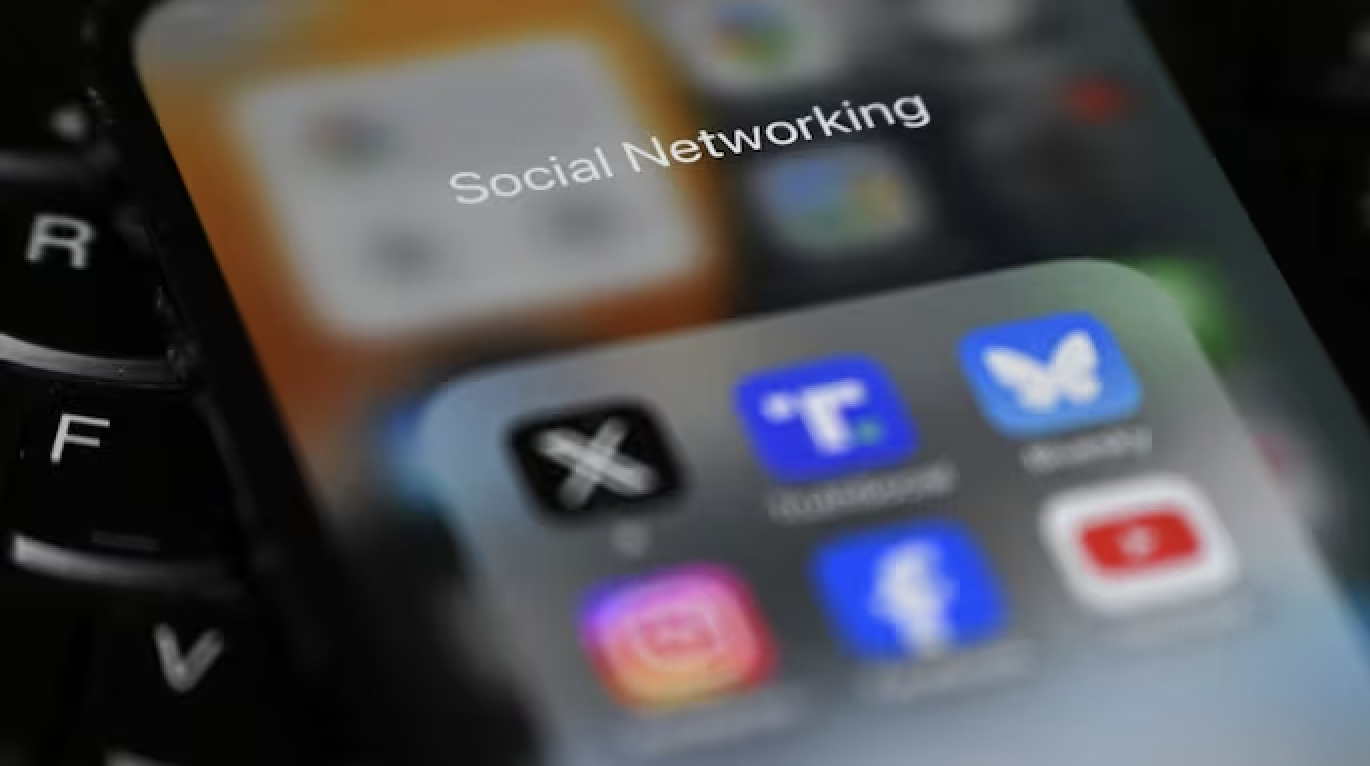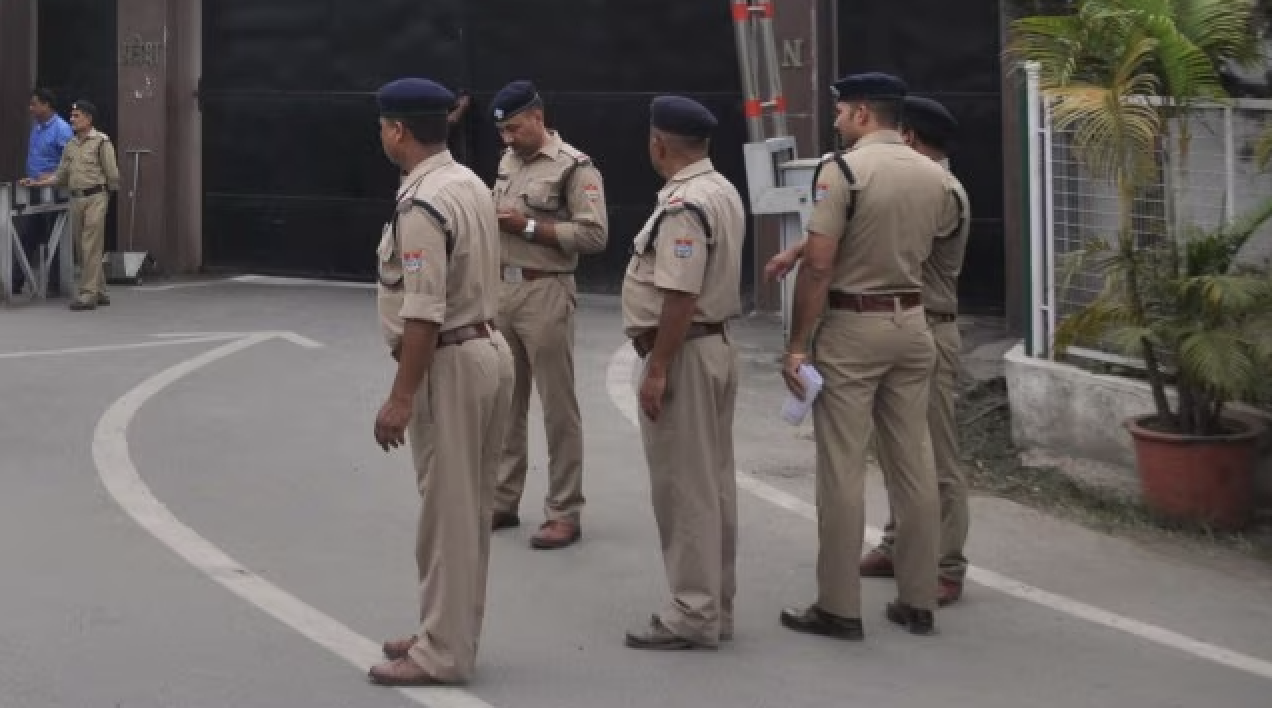
Right-wing lobby groups that claim to speak on behalf of Indian Americans are trying to stifle criticism of Narendra Modi’s Hindu chauvinist agenda. They’ve modeled themselves on pro-Israel groups like AIPAC and forged alliances around Islamophobic bigotry.
in the early 1990s, Indians comprised a tiny minority in the United States. Today there are around 4.2 million people of Indian origin in the US, with around 2.6 million being American citizens. Of those 1.4 million are naturalized citizens, and 1.2 million were born in the United States.
The Indian American groups that began to emerge in the 1990s looked to characterize themselves as representative of the larger Indian American community. A series of overlapping Hindu nationalist organizations were developed to make India synonymous with Hindutva.
In doing so, they consciously modeled themselves upon the pro-Israeli lobby in the United States and forged close ties with its leading organizations. They have become an important channel of support for the right-wing government of Narendra Modi and a regular source of hostile flak for Modi’s critics.
Origins of the BJP Lobby
In April 1991, L. K. Advani, one of the Bharatiya Janata Party’s most prominent leaders, launched the Overseas Friends of the BJP (OFBJP) to directly “educate American lawmakers, the American people, and the Indian American community about the true principles of the BJP.” The OFBJP became the protector of India’s external image.
Rising communal tensions in India and the mounting death toll in heavily militarized, Indian-occupied Kashmir had drawn skepticism and concern in the West. “The BJP was getting a lot of bad press all over the world and particularly in the US,” Adapa Prasad, vice president of the OFBJP in the United States, recalls.
This project of stage-managing the image of the Indian state was immediately put to use following the Hindu nationalist demolition of the sixteenth-century Babri Masjid mosque in December 1992 and the Bombay riots and anti-Muslim pogroms that followed. The New York Times described the events of 1992 as “the worst outbreak of sectarian violence in India since 1984.”
Indian Americans who had once played a significant role in the agitations abroad against Indira Gandhi during the Emergency years of the 1970s were now activated to consolidate the Hindu nationalist project. These Indian Americans were now deeply established in the United States; their organizations were now a lot more networked and connected to a community with much more wealth, social status, and stability.
This story was originally published in jacobin.com . Read the full story here


